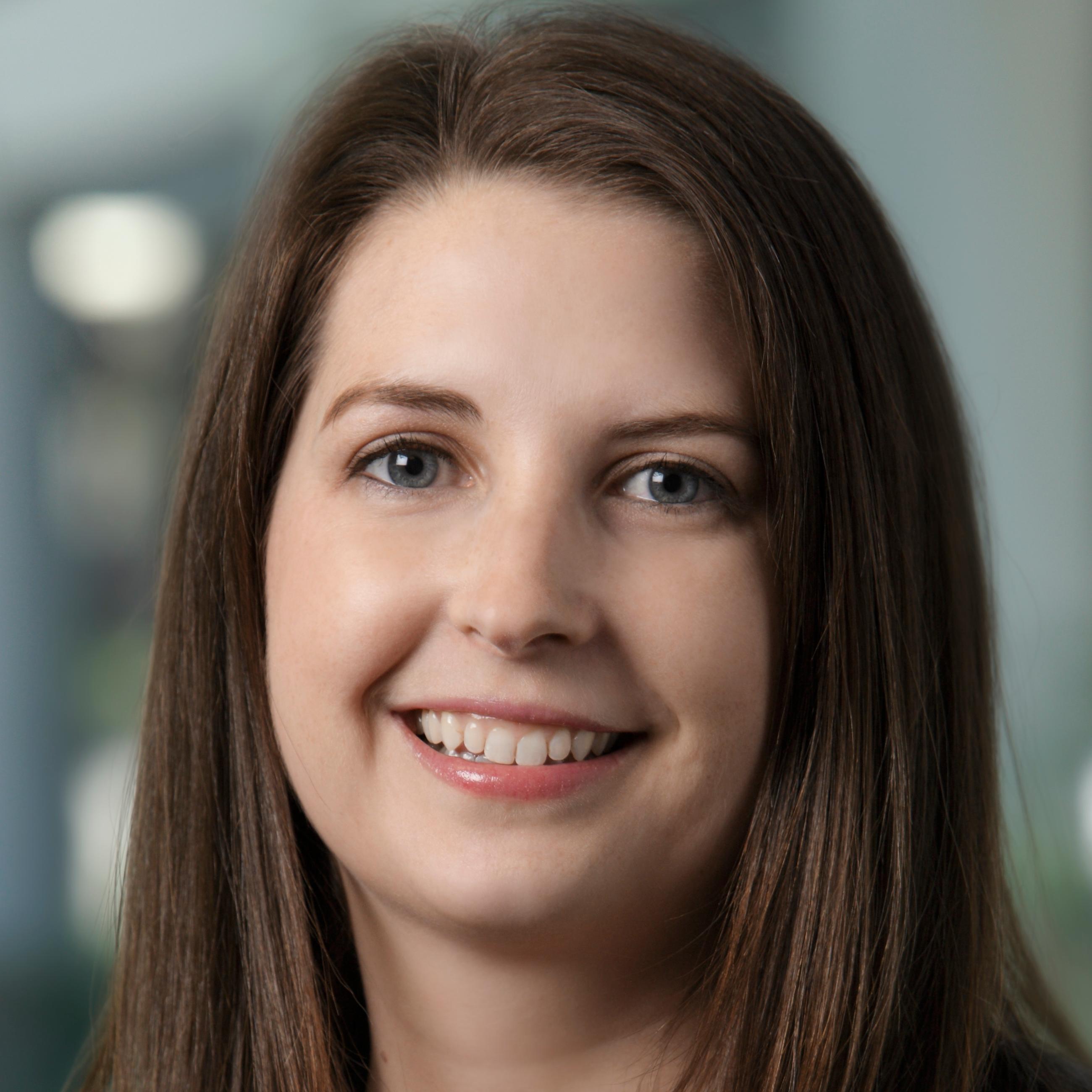#AACR18 Day 1 - Revealing the true biology of Cancer
Today was a big day for 10x at AACR 2018! Not only did I get to check out a bunch of great posters and talks featuring 10x technology, but I also got to attend the 10x Genomics Workshop, "Revealing the True Biology of Cancer." It was an exciting presentation, filled with new research and information on tumor biology and its impact on cancer studies. Plus, it introduced attendees to the Chromium Single Cell CNV Solution, highlighting some of the ways this new application can aid in cancer research.
Dr. John Carpten, USC Keck School of Medicine, got the workshop started with his talk, "Understanding Population and Tumor Heterogeneity in Cancer Disparities," covering genomic analysis of tumors for copy number variation (CNV). Dr. Carpten explained that the ability to look at CNVs at the single cell level is a very powerful tool, showing examples of renal cell carcinoma and clear cell renal cell carcinoma samples analyzed with the Chromium Single Cell CNV Solution. For a stage 3 tumor sample, they were able to see the CNV heterogeneity with only 51 tumor cells detected in the sample (normal cells = 820).
Then, Dr. Aude Chapuis, Fred Hutchinson Cancer Research Center, presented "Single Cell RNA-seq Unveils Mechanisms of Resistance to T-Cell Therapy." She utilized both the Chromium Single Cell Gene Expression and Immune Profiling Solutions in her studies of adoptive T cell therapy. Not only were the researchers able to elucidate the mechanisms of response to treatment and relapse in Merkel Cell Carcinoma, but also were able to identify T cell alpha and beta chain pairs in clinically active clonotypes. Hear more about Dr Chapuis’ work in our Nature Webcast recording from last year.

After the workshop, I headed over to our afternoon poster session. My first stop was "Identifying genetic variation and cellular heterogeneity with a comprehensive cancer analysis toolkit," by 10x's Sarah Garcia. The poster outlined her research using the Chromium Single Cell CNV Solution, the Single Cell Immune Profiling Solution, and Linked-Reads to analyze three different types of tumors—metastatic melanoma, primary colorectal cancer (CRC), and primary clear cell renal carcinoma (CCRC)—for relevant mutations. Her team found a clonal expansion of immune cells in the CCRC sample, and determined that there was no expansion in the CRC sample.
I also got to take a look at "Single cell RNA-sequencing of multiple myeloma clinical patients for identifying novel immuno-oncology drug targets" by Namit Kumar, Merck. The researchers used the Chromium Single Cell Gene Expression solution to look at gene expression in >100,000 single cells from Multiple Myeloma (MM) patients pre- and post- treatment with 4 standard of care chemotherapies. In post-treatment samples, they identified activation of immune cells and repression of translational machinery. In addition, the researchers used their recently developed technique RNA Expression and Protein sequencing (REAP-seq) to look at both gene expression and protein markers at the single cell level. The study highlighted the utility of single cell readouts for identifying novel oncology mechanisms, drug targets and drug combinations for more efficacious immunotherapies.
My next stop was "Establishment of reference samples for the detection of somatic variants in cancer" by Li Tai Fang, Roche, whose research is a part of an FDA-led consortium to gather more accurate and complete reference sample data. This poster marks the initial release of high-confidence germline variants and somatic mutations on a pair of well characterized cell lines.
For my last poster of the day, I looked at "Leveraging new methods in single-cell copy number analysis and clonotype detection to uncover and characterize hidden subclones within standard cell lines" by Enrique Velazquez Villarreal, USC Keck School of Medicine. His team used the Chromium Single Cell CNV Solution to study copy number variation in 300 single cells from COLO829 and found evidence of large-scale events and clonal heterogeneity that was not detectable with bulk whole genome sequencing.
After looking at the posters, I was able to attend a Minisymposium on tumor biology, called "Patient-Derived Models of Cancer: Present and Future." One of the highlights of the program was "Organoid-based characterization of patient tumors and microenvironments at single cell resolution," a talk from Ameen Salahudeen, Hematology-Oncology Fellow, Stanford University, about tumor microenvironment and immunotherapy research. Using the Chromium Single Cell Immune Profiling Solution to simultaneously characterize paired T cell receptor alpha and beta chains as well as gene expression in >50k individual cells, Dr. Salahudeen and his team were able to ensure that organoid cultures of cancer biopsies retained their original tumor microenvironmental characteristics. We'll be able to see more of this data during the morning poster session with Junjie Zhu on Wednesday. ([Facile Generation of Single-Cell Transcriptome and Immune Repertoire Freshly Isolated from Clinical Tumor Specimens](Facile generation of single-cell transcriptome and immune repertoire freshly isolated from clinical tumor specimens), Section 3, Poster #8)
"Single-cell profiling of small cell lung cancer circulating tumor cell-derived xenograft models reveals intratumoral heterogeneity among mediators of chemoresistance" by C. Allison Stewart, Research Scientist, University of Texas M.D. Anderson Cancer Center was another high point of the Minisymposium. Dr. Stewart’s research examined intratumoral heterogeneity as a factor that contributes to drug resistance in small cell lung cancer. Using the Chromium Single Cell Gene Expression Solution, Dr. Stewart and her colleagues were able to identify three subpopulations of cells, ASCL1-, DLL3- and NEUROD1-expressing cells, that had an impact on sensitivity and resistance.
All this great science and we're just getting started!
